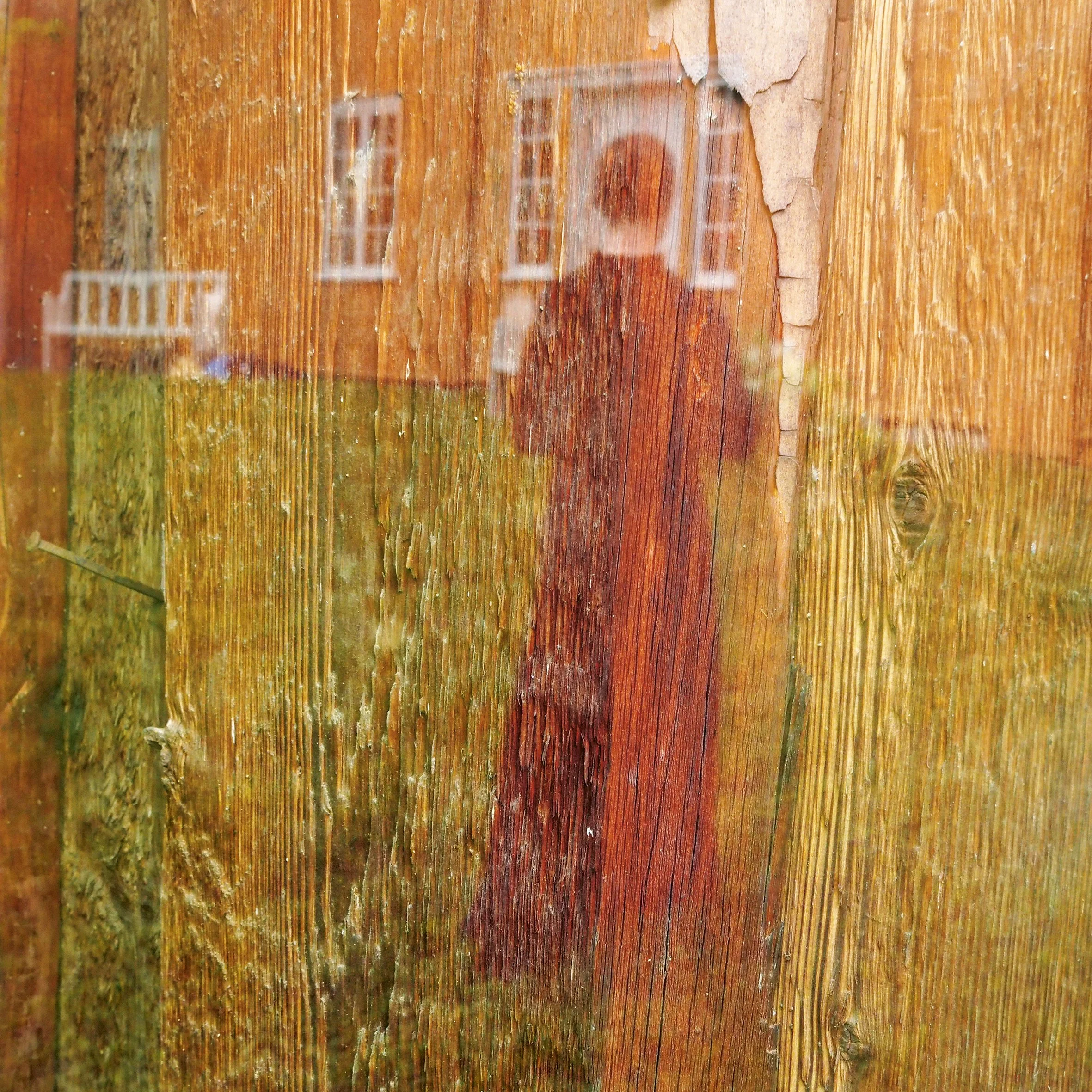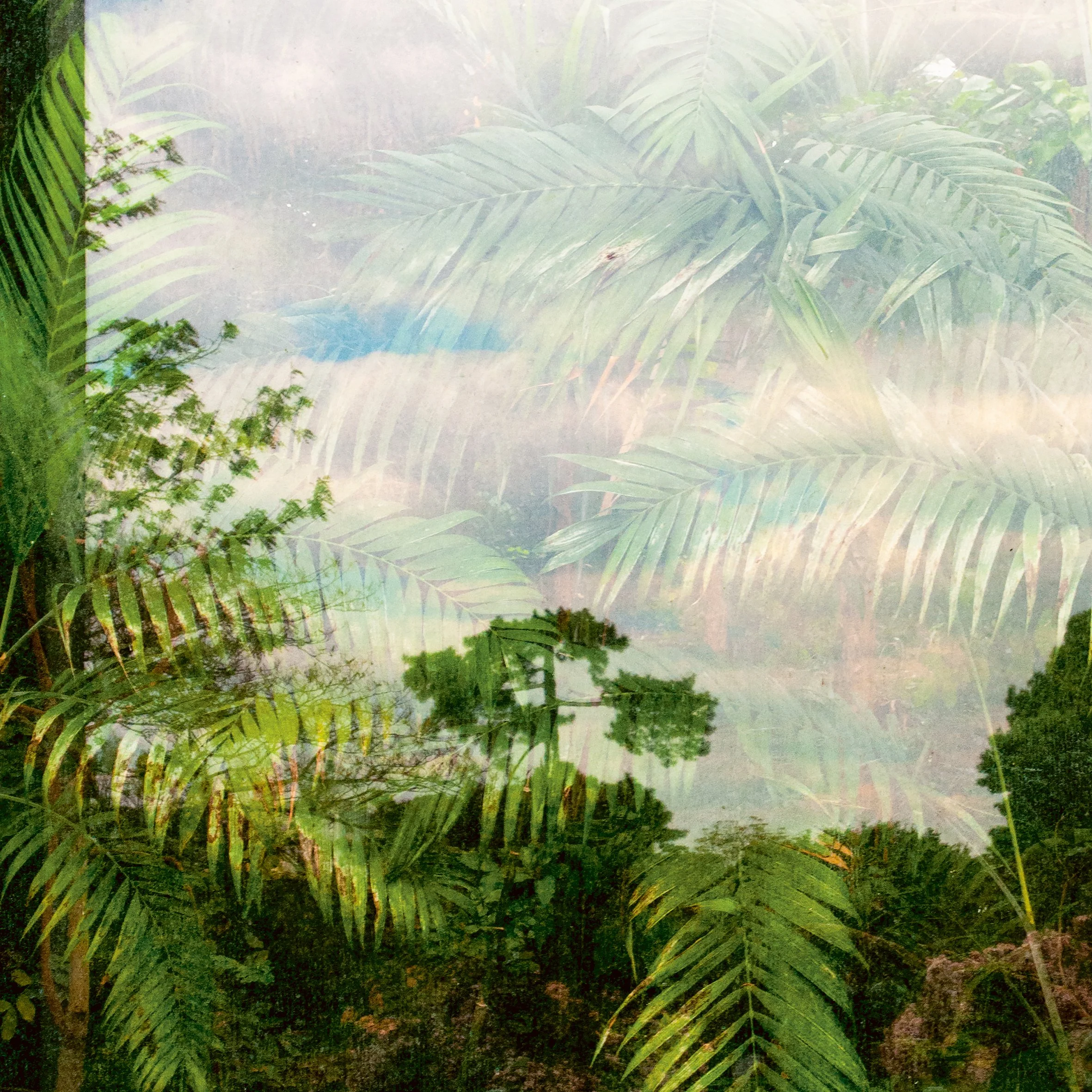A Journey Through Color and Texture - Kathleen McIntyre’s ‘Color Me Softly
Welcome to this edition of [book spotlight]. Today, we uncover the layers of 'Color Me Softly,' by Kathleen McIntyre (published by Kehrer Verlag). We'd love to read your comments below about these insights and ideas behind the artist's work.
In a place in Norway, the vibrant hues of Kathleen McIntyre’s world come to life, capturing the essence of her journey through the lens of a camera. Her latest work, “Color Me Softly,” is more than just a collection of photographs; it’s a carefully curated symphony of colors that tell stories beyond the visible spectrum. The unique Japanese-bound design of the book reveals its magic even when closed, with the edges of the pages hinting at the rich tapestry within. Each spread juxtaposes images that create a dialogue, inviting readers into a realm where personal interpretation and imagination reign supreme.
Kathleen’s journey from the sunny shores of California to the serene landscapes of Norway was a transformative one. The cultural shift and the challenge of learning a new language led her to develop a profound connection with her camera, becoming her silent companion and a means of expression. “Color Me Softly” encapsulates this journey, reflecting the inner landscapes she navigated as she adapted to her new home.
Color as a Narrative Tool: Can you discuss the role of color in your work, particularly how you utilized the color scale to edit and arrange the images in the book?
Colors have a pivotal role in my photographs. They are not only a part of the composition but enhances the feelings unique to each image. All the colors drew me in, to find that exact motive. I love colors and they are all around us constantly, influencing us, so why not bring them forward and let them show the way.
The idea of this book Color Me Softly gradually evolved from a desire to show vibrant hues externally, drawing viewers into the rich colors within. How could I do that? I still did not have the color scale idea. So, I started from scratch with a lot of color images at hand.
I joined a workshop with Jan Rosseel from Belgium called “Photobook as object”. There we started to experiment with unconventional techniques like folding images to reveal their bends outwardly. I was skeptical at first. Could I accept doing this to an image? Challenging the established rules of photography? I was intrigued by this idea and started to organize the images along a color scale and saw that the colors floated slowly into each other, assisted by my photographic language as a common denominator. I had a path to follow. The color scale would bring out the colors easier.
I made my first dummy to get the feel of it all. I saw the colors from the outside of the pages, and I was thrilled. By then I had hired a book designer Tone Solholm from Kairosworkshop to help me on making this book. It wasn’t until I had the dummy in hand for a while and after seeing the response from some people, I realized there was another feature to this book as well.
I started realizing the stories coming to life between the 2 different half-images. The juxtaposition of colors created compelling narratives within each spread. I realized I had to make sure the halves would speak nicely to each other. I wanted them to work as a diptych. The readers can immerse themselves in making their own stories. We worked quite a bit to get the right images together within the same color. To get the flow even better.
The Physical Book as an Object: You mentioned wanting to show the book not just as a collection of images but as an object in itself. Could you elaborate on the design and binding choices that contribute to this vision?
As previously mentioned, the colors are visible from the exterior due to the Japanese folding technique used. By creating a bend rather than a cut between the pages, the images positioned in the center of the fold become visible from the outside. And when all the pages are assembled the full color spectrum becomes apparent. The piece stands as an object in its own. This concept also resonates with the title “Color Me Softly”. The title itself, is also mirrored on the back cover, which again resonates with my images.
Non-manipulation Dogma: You’ve stated a commitment to not manipulating your images. How does this principle guide your creative process, and what challenges does it present?
I believe true observation involves trying to go beyond the obvious, beyond the surface. As we walk around anywhere, many focus on buildings, trees, or notable landmarks. And that is fine, too. But we miss many lovely things on the way. My aim is to look where others might not, pausing to find layers in a dirty window or appreciating the natural filter of dirt or paint. Shiny surfaces also catch my eye. I never plan anything. I just walk and observe, and it can be a sudden fling of reflection that I see in my side view, and I must go back and see if I missed something. It can be a quite tiny treasure sometimes.
Often, I walk alone when photographing but sometimes with my family and friends on vacations they become inadvertent subjects, barely visible like shapes or shadows within my frame. The joy lies in bringing disparate elements together within a single composition, each layer coexisting harmoniously. The objects come together and are suddenly co-existing. All is from the real world and can be considered documentary. My Dogme is to not manipulate in any way. Everything captured is unaltered, a faithful representation of what I saw through the viewfinder. It has become important to me that the reader understands this.
I started with analog photography in my early years and working in the darkroom. What I learned then I have kept in mind. Just keep the images as real as they can be.
I use photoshop only like I would do in a darkroom. I prioritize authenticity. And they are timeless and “homeless” to open them up to individual interpretations along with a hope to evoke curiosity and stimulate the readers imagination. While inquiries about technique abound, sometimes I believe it's best to let the image speak for itself, encouraging viewers to simply observe, feel, and interpret using their own experiences and mindset.
Personal Connection to Your Work: "Color Me Softly" seems to carry a personal significance for you. Can you share more about the personal journey or reflections that led to this project?
When moving to a new continent and a country like Norway and leaving California behind as a young kid, brings a great change. One thing is the culture and way of life but also a new language to learn and speak. I had just lost my dad and felt a great confusion when arriving to Norway. I had just then found my dads camera and thought that it would be a way to connect with him. It also became a safe friend when communication was hard. It became my way of observing and at the same time something to hold on to. I became the one photographing instead of joining the conversations. I think that my work can show what was and is going on inside my head. I can see a shadow within the layers, hiding, not revealing its identity but wanting to be a part of bigger whole. I feel, see, interpret, hear, and read all at once. That again is why I think I like to bring all things together in my images too. My images show everything all at once. We do see everything all at once, don’t we?
Future Projects and Directions: After "Color Me Softly," do you have any plans for future projects or new directions you wish to explore in your photography?
I will continue my work and keep looking. And I am as open to what the future brings as I hope my readers will be in perceiving, interpreting, and enjoying this book.
To discover more about this intriguing body of work and how you can acquire your own copy, you can find and purchase the book here. (Kehrer Verlag)
Kathleen McIntyre
Kathleen McIntyre is a Norwegian photographer known for her evocative and richly textured images. Born in California, McIntyre moved to Norway during her childhood, a transition that profoundly influenced her artistic journey. The challenges of adapting to a new culture and language fostered a deep bond with her camera, which became a tool for observation and expression. McIntyre’s work is characterized by its use of color, texture, and layered compositions, often exploring themes of identity, memory, and perception. Her commitment to authenticity and non-manipulation of images underscores her approach, capturing the world as she sees it without alteration. McIntyre’s unique vision has earned her recognition in the art world, with “Color Me Softly” being a celebrated example of her innovative approach to photography. (Website, Instagram)
More photography books?
We'd love to read your comments below, sharing your thoughts and insights on the artist's work. Looking forward to welcoming you back for our next [book spotlight]. See you then!












